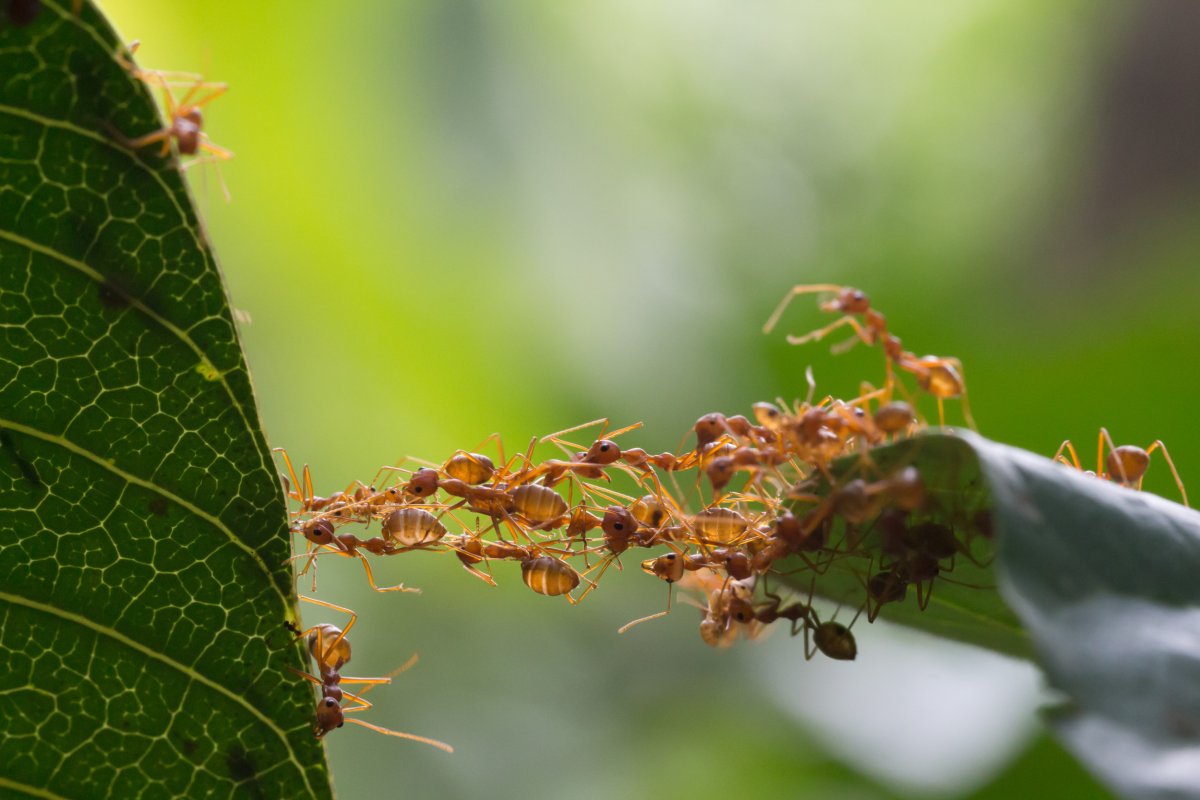While ants seem omnipresent, researchers have identified nine specific regions across the globe where they thrive. A recent study published in Nature Communications unveils this groundbreaking mapping of ant biogeographic realms.
These realms include northern North America, southern North America, Central America and South America, Africa and the Middle East, Northern Europe and Central Asia, southern Europe, East Asia, South and Southeast Asia, and Australia and New Zealand. Interestingly, these realms are further divided into 21 smaller regions.

So, what exactly are biogeographic realms? Essentially, they are significant areas of the Earth’s surface with similar biological histories, species, and ecological conditions. The study highlights that “no two species share the exact same distribution,” even though many cluster into distinct regions.
These realms are shaped by patterns of species movement, evolution, and extinction throughout geological history. Because these areas have largely been isolated, they’ve allowed unique species to evolve. Each realm hosts a distinct mix of flora and fauna, with many species being endemic — meaning they aren’t found anywhere else on Earth.
Prior studies mainly focused on vertebrates and plants, but ants, which represent a staggering 55% of terrestrial species, have largely been overlooked. In fact, if we gathered every ant on the planet, they’d weigh more than twice all the birds and mammals combined!
According to co-author Benoit Guénard from the University of Hong Kong, a crucial step in protecting biodiversity is understanding the geographical distribution of these species, and his team analyzed over 16,000 ant species to create this map. They distinguished seven realms at the genus level and nine at the species level.

Co-author Runxi Wang noted intriguing similarities between the distribution of ants and plants, with certain regions shared between them but not found in vertebrates. This connection suggests that ants and plants have evolved together ecologically and historically, with ants aiding in seed dispersal and protection from herbivores over millions of years.
This research hints that focusing solely on vertebrate distribution might obscure essential relationships between animal and plant life. According to Wang, “Ants alone cannot represent the hyperdiversity of all insects, but their parallels with plants likely extend to other insect groups as well.” There’s a call for broader inclusion of insect studies to truly understand global biodiversity.
Reference
Wang, R., Kass, J.M., Chaudhary, C., Economo, E.P., & Guénard, B. (2024). Global biogeographic regions for ants have complex relationships with those for plants and tetrapods. Nature Communications, 15(1), 5641.
